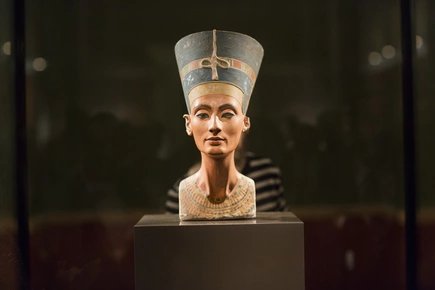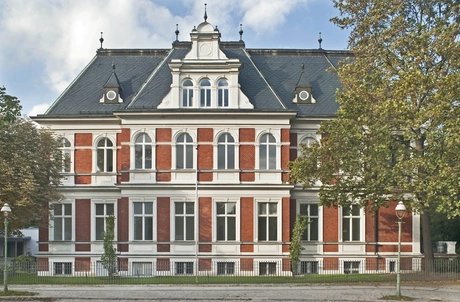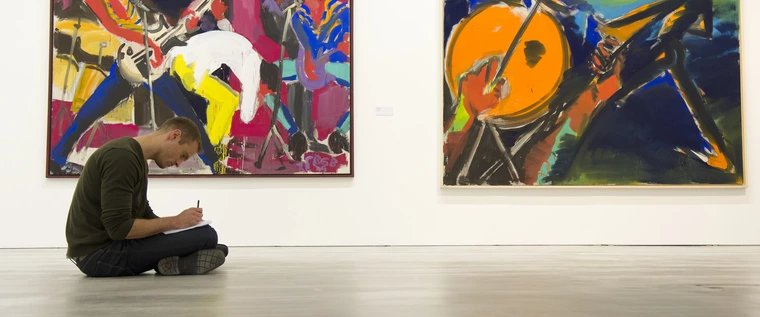
How do people look at the past from here and now? In three chapters, the exhibition follows traces of remembrance in the Armenian diaspora in Berlin, brings together past and present and makes Armenian culture tangible in various aspects.
An expansive map shows places of remembrance of the Armenian genocide in Berlin. Places of Armenian history in this city, especially in Charlottenburg, and historical links between the German Empire and the Ottoman Empire become visible.
"Berlin Families" tells the stories and lives of Armenian families in Berlin using preserved photographs and objects. "Culture: Place of Resistance" places a special focus on the resilience of Armenian culture, with Armenian dances, music and games in the museum's art collection opening up an interactive space for the coming together of different communities living together.
According to the Kenyan author Ngugi wa Thiong'o, re-membering is to be understood as a process of reassembling. Remembering creates a connection between the past and the present, between space and time. For shattered communities, remembering can be a space where they can grow together again.The exhibition is being held to mark the 110th anniversary of the Armenian genocide in the Ottoman Empire in 1915. It aims to make the complex history of the Armenian diaspora in Berlin visible and celebrates culture as a place of resistance and renewal.
The exhibition will be accompanied by a program of dance and music, historical city tours and cultural events.
An exhibition by the Charlottenburg-Wilmersdorf Museum and Akebi e.V. in cooperation with Houshamadyan e.V.
Supported by: Berliner Landeszentrale für politische Bildung and Fonds dezentrale Kulturarbeit Charlottenburg-WilmersdorfTranslated with DeepL



